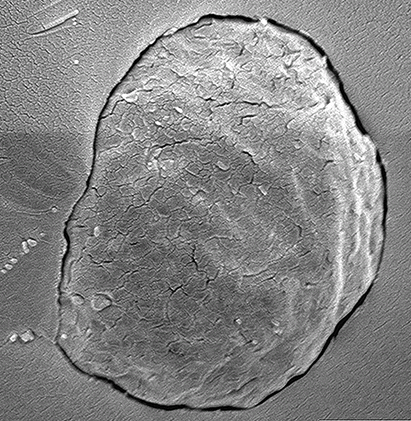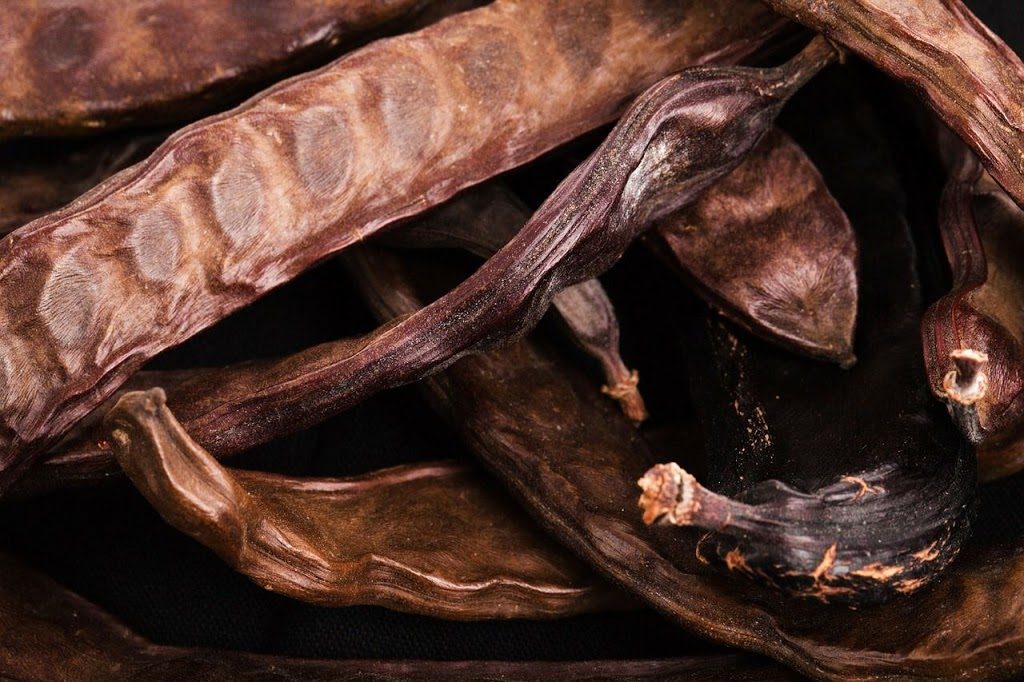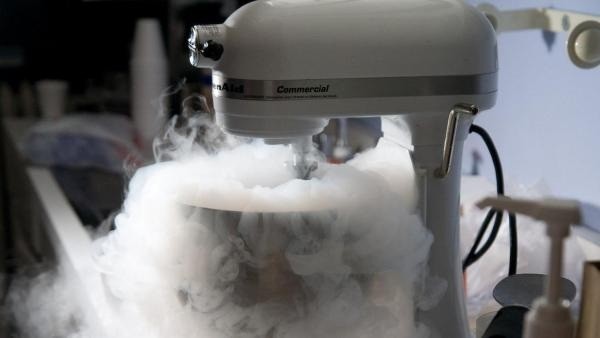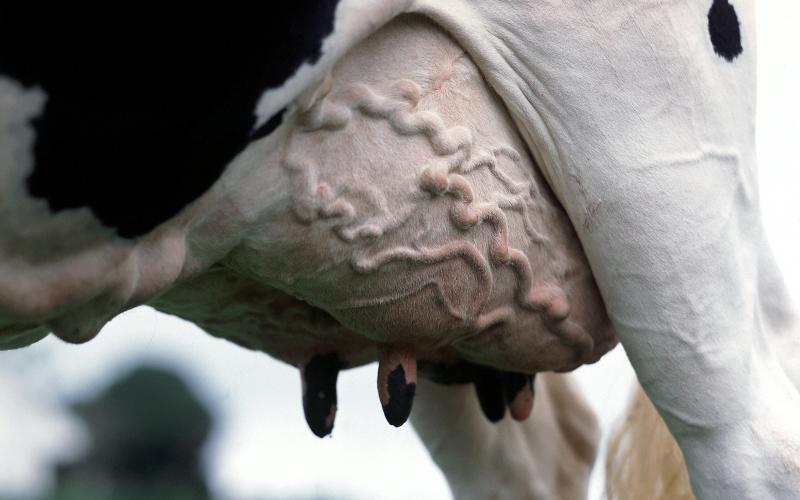Introduction to Flavor
Easier… Earlier in this blog series I suggested that good texture was easier for industrial ice cream manufacturers, but that good flavor was easier for the home or pastry cook. This is because some of the tools that promote the finest texture—high-pressure homogenizers, high-end ice cream and gelato machines that can freeze the mix in mere minutes, blast …










